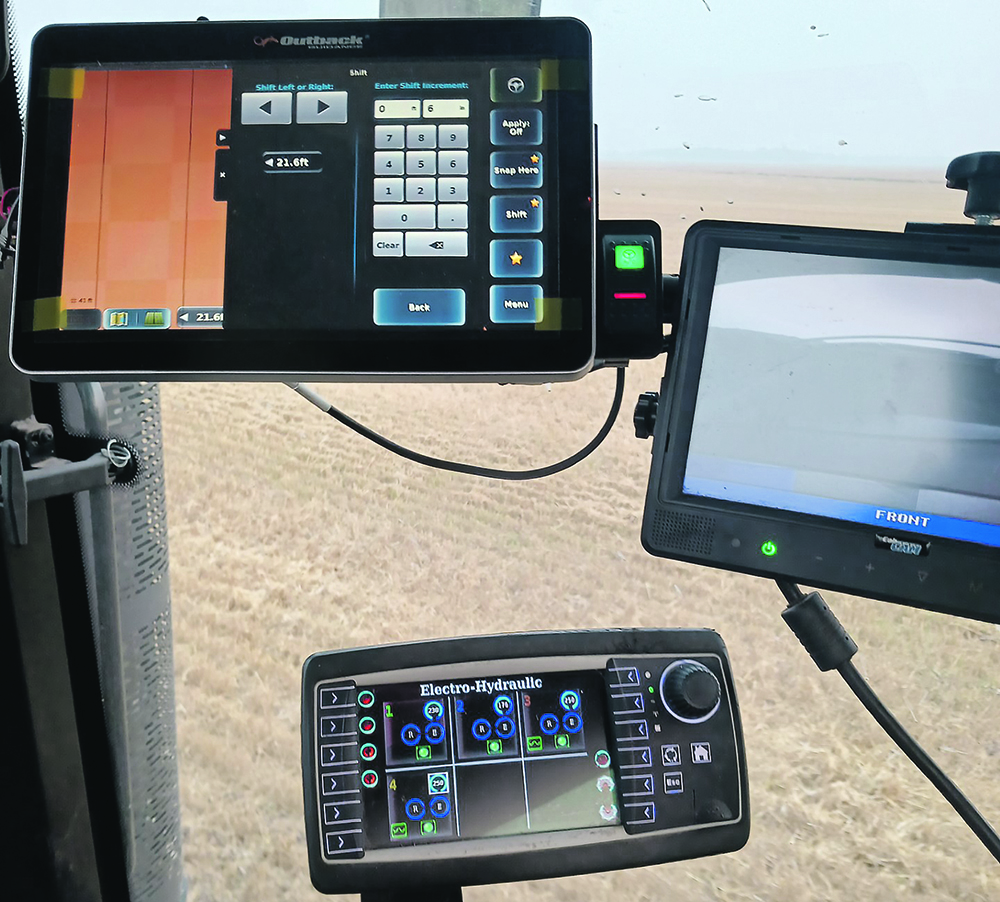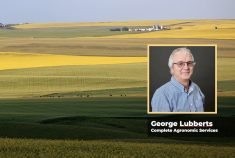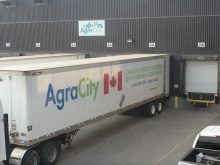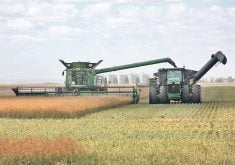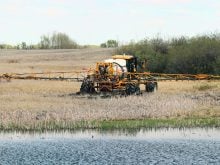Dave Hewlitt’s only regret in jumping into the evolving field of farm data is that he hesitated first.
“I felt maybe it was going to take a lot of time and that the benefits would be hard to see,” the Eston, Sask., producer said. “So, I maybe dragged my feet a little more than I should have. Looking back now, I wish I had been more aggressive getting in and learning.”
Data is now applied to a wide range of aspects on his farm, including prescription mapping fertility applications, targeted field-scouting efforts and generally clearer insights into how farm management decisions impact productivity throughout the season.
Read Also

Why feds imposed EV tariffs
Moe and Kinew have a fight on their hands when it comes to eliminating the EV tariff. Canada has to worry about pissing off the U.S. and Mexico and hundreds of thousands of auto workers.
His region has experienced seven dry seasons in a row, several of them severely dry. He praised his data analysis for giving him the ability to make more informed decisions during those challenging times.
“We’ve used a lot of the information to really help with cost savings,” he said, specifically citing decisions around soil nutrition.
That data similarly gave him more opportunities to conserve expensive inputs during the pandemic when supply chain issues saw prices spike, Hewlitt said.
He also uses the data for simple, yet unexpected applications. It’s been helpful in keeping an input inventory during seeding. During harvest, Hewlitt can monitor the data even if he’s not the one in the combine, and he can pick out anomalies and figure out why the field performed differently in a particular spot.
“The data just keeps finding ways to be useful,” he said at the Ag in Motion outdoor farm show near Saskatoon last summer.
Like any emerging production system, digital agriculture still has kinks to work out, mainly in data capture and management.
A 2017 Agriculture Canada survey probed farmers on what prevented them from adopting this kind of technology. Respondents were given 16 possible barriers and asked to rank them.
Out of 261 answers, five key issues arose:
- price
- connectivity
- lack of knowledgeable people
- continuously evolving technology
- older farm equipment
There’s been progress on some of those fronts in the last six years. More new equipment is embedded with precision agriculture technology. Other issues, like price, are expected to resolve as the technology is more widely adopted, economies of scale kick in and more tech-enabled equipment trickles into the used market.
But connectivity and rapidly evolving technology remain barriers, industry insiders say.
Some of the largest agriculture firms in the world have staked out major positions in the digital agriculture world.
Kael Briggs is digital farming commercial manager for BASF, based in Calgary. The company markets its globally used Xarvio digital platform.
Producers want simple solutions, Briggs said, and that mostly boils down to better usability.
“We try to make the simplest and easiest-to-use solutions out there, but sometimes they may still not be as simple as people expect them to be,” he said.
The tech industry — and social media in particular — has set the bar high. Farmers want their own high-tech solutions to mimic that ease of use, added Jeremy Parkinson, a BASF digital agriculture specialist.
“Look at Instagram. How many times a day do people go on that?” he said. “They do it because it’s so easy. You look at pictures, you double tap and it’s a heart. People want to be able to manage their business, but they want it to be easy to do.”
Digital agriculture and social media may seem like a strange comparison, but making the simplest possible interface for farmers is key to greater adoption, Parkinson said. Making it simple, reliable and readily available in the palm of the hand will make farmers more willing to try it.
Parkinson also said there must be robust digital infrastructure to support digital agriculture and that isn’t always present in rural Canada.
“We have a lot of dead spots out there,” he said.
Digital ag apps require data access to work, since a phone can’t reliably house the amount of data involved. There’s also the need to send files back and forth between pieces of equipment, so farmers aren’t forced to download data onto thumb drives during a busy season or risk over-writing it because they’ve run out of onboard storage on the machine’s computer.
“You need the connectivity, and without it, these platforms don’t really mean much,” Parkinson said.
High-speed internet access in rural Canada falls far behind that of urban areas. A March report from Canada’s auditor general showed 91 percent of Canadian households had access to high-speed internet, but in “rural and remote” locations, that plummeted to 59.5 percent.
Satellite internet might address some of this shortfall in coming years, industry experts say, but robust cellular data will also be necessary to transmit data from the field to farm office or data cloud.
Briggs agreed that connectivity is an ongoing challenge but the issue doesn’t stop with internet access.
The current digital agriculture landscape features a patchwork of technologies that frequently can’t “talk” to each other.
“You walk around and you see every company has a different platform; they have a different solution,” Briggs said. “So, if you are a farmer, how are you making that decision that this is the solution for me?
“There are plenty of solutions out there for farmers. But how do they choose them and how do they get them to talk to each other? That’s one of the big things people keep struggling with.”
In Parkinson’s view, the digital agriculture space needs to have its ISOBUS moment — referring to the standardized communications protocol that lets farmers plug any colour of implement into any colour of tractor.
“I think that’s really what the industry is missing, the connectivity between all of these digital platforms,” Parkinson said. “Because everyone has their own thing they’re really good at, there’s no silver bullet today.”

